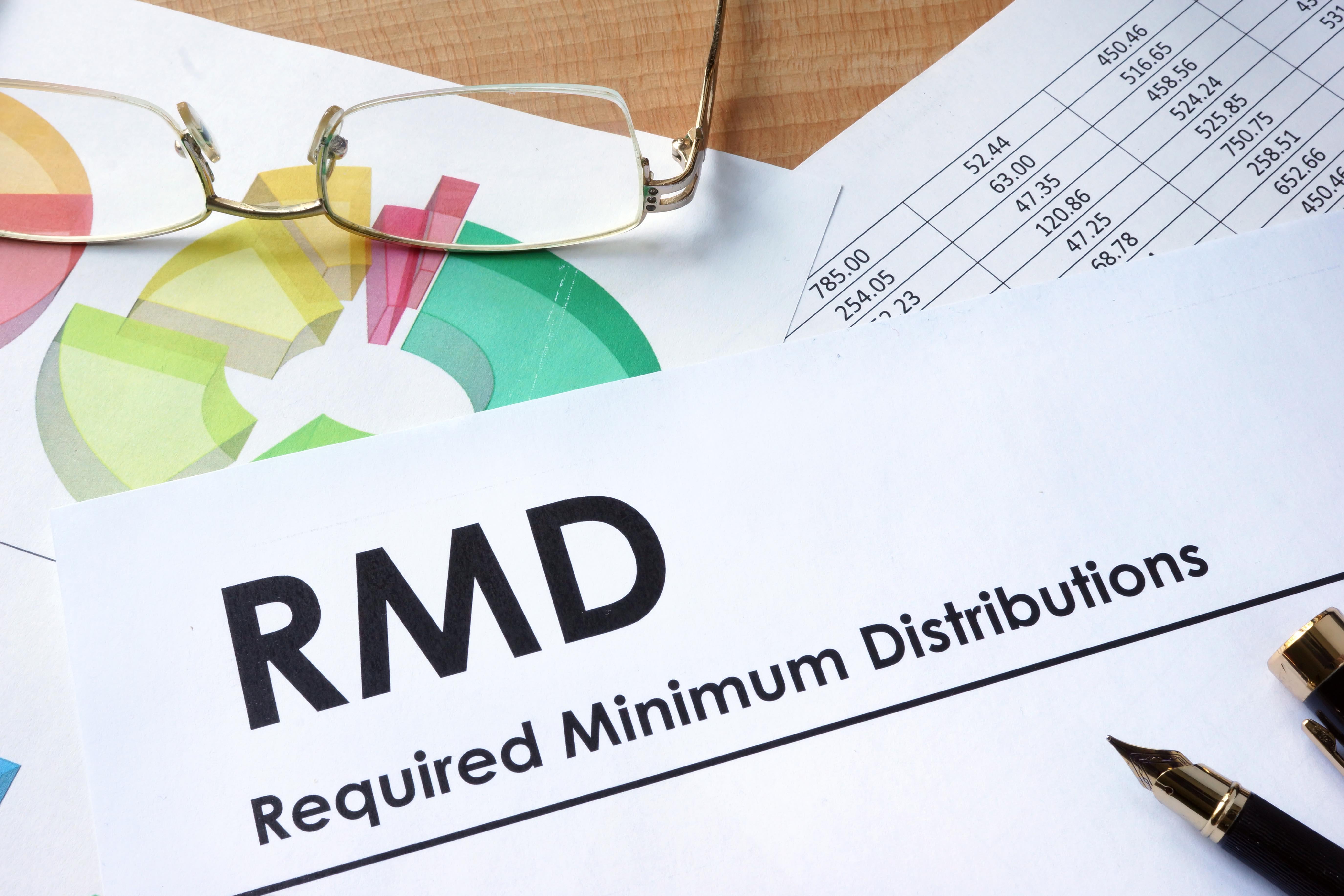
Written by Christian Cordoba, RFC®, CFS
When you reach age 70½, required minimum distributions (RMDs) from IRAs and retirement plans usually begin. Your annually recalculated RMD is the amount you must withdraw (you can take more) each year for the rest of your life. Any shortfall triggers a 50% penalty. For example, if your RMD for 2019 is $10,000, and you take only $2,000 from your IRA, your penalty would be $4,000 - 50% of the $8,000 you left in the account.
Making the Calculation
Your IRA administrator can provide your RMD amount each year. The number depends on your age and your previous year’s ending account balance. Generally, you start with an RMD of nearly 4% of that balance. As you grow older, it increases to approximately 5% at age 78, almost 6% at 82 and so on. (Reference the IRS Uniform Lifetime Table)
Taking RMDs
You can take your RMDs any time during the year, but there are two common strategies.
1. Monthly distributions. Your IRA administrator can do the math and provide your monthly amount. With a $12,000 RMD in 2019, for example, you can request a $1,000 transfer to your bank account every month. This serves as a reliable source of monthly income during the year to supplement your Social Security income.
Although the easiest way to take RMDs, it isn’t always the most effective for your stock market investments. To meet your required dollar amount, you’ll likely be selling more or less shares on autopilot each month. This preset timing may not always be optimal based on the market performance.
2. Year-end lump sum. If you don’t need the monthly income, you can defer the distribution until late in the year. This tactic offers the potential for greater tax-deferred investment earnings, because you’ll retain more dollars in your IRA throughout each year.
Investment-wise, this method could work against you if the markets fall during the course of the year. Also, taking distributions at the start of the year could be advantageous when your account balance might be higher from any investment gains the previous year.
What’s more, the Tax Cut and Jobs Act (TCJA) of 2017 created a possible reason to consider another option for taking your RMD – the Qualified Charitable Distribution (QCD).
Donating RMDs
The TCJA contains provisions that make taking the standard deduction on your federal income tax return more common. Few people will itemize their deductions under the new tax law—but if you don’t itemize, you generally won’t get any tax benefit from a charitable contribution.
Fortunately, IRA owners who are 70½ or older can initiate QCDs of any amount, up to $100,000 a year. A QCD counts toward your RMD for the year, but it is not added to your income on your tax return, so you don’t have to pay income tax on it.
For example, suppose your RMD for 2019 is $25,000. You authorize a $15,000 QCD to Torrance Memorial (or any other qualified charity) and take $10,000 for yourself. You will have reduced your taxable income by $15,000, getting a tax benefit from your charitable contribution, even if you don’t itemize deductions!
Considerations for QCD as RMD
If you’re 70½ or older and interested in QCDs, keep these points in mind:
- If you take your entire RMD early in the year, payable to yourself, you’ll have missed the QCD opportunity for 2019. The first IRA withdrawals you take personally count as your taxable RMDs.
- If you wait until year-end to take RMDs, you can make QCDs for your desired donations. However, you run the risk of a stock market meltdown in 2019 that devalues your IRA, increasing the portion passing to charity.
- One strategy is to make QCDs early in the year, up to the amount of any market gains during 2018 (or gains from previous years you want to draw down). You’ll get QCD tax advantages while reducing market risk.
- Another approach is to make QCDs monthly during the year, up to the amount you want to donate. If your monthly QCDs add up to your total RMD, the next dollars that come out can be converted to a Roth IRA, for future tax-free distributions.
Many strategies are available to maximize use of your RMDs for personal income and/or charitable purposes. I encourage you to consult with your financial advisor to determine the best strategy for your situation and investments.
Christian Cordoba,CFP®, RFC®, CFS is a CERTIFIED FINANCIAL PLANNER™ and the founder of California Retirement Advisors, a financial consulting and services firm in El Segundo. He is a Registered Principal offering securities through Mutual Securities, Inc., member FINRA/SIPC. Christian is a member of the Torrance Memorial Professional Advisory Council. www.californiaretirementadvisors.com.
Contact: (310) 643-7472






